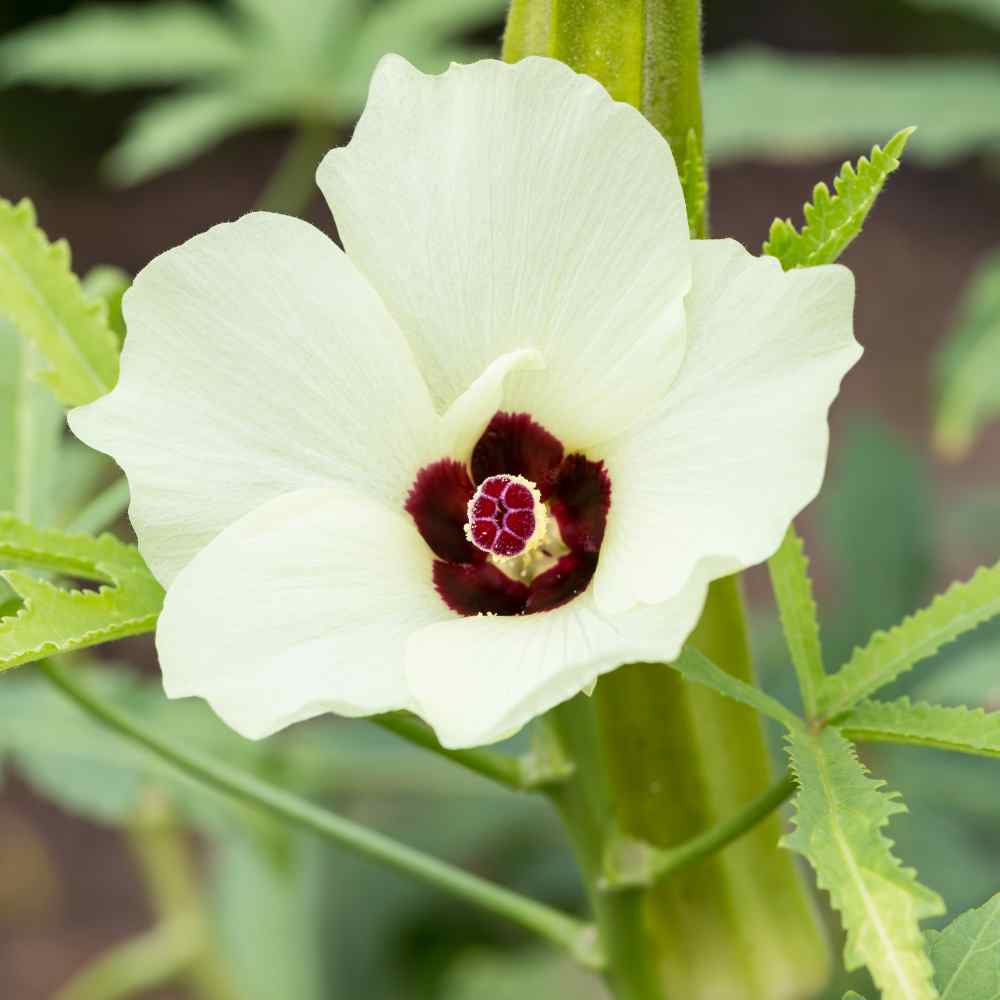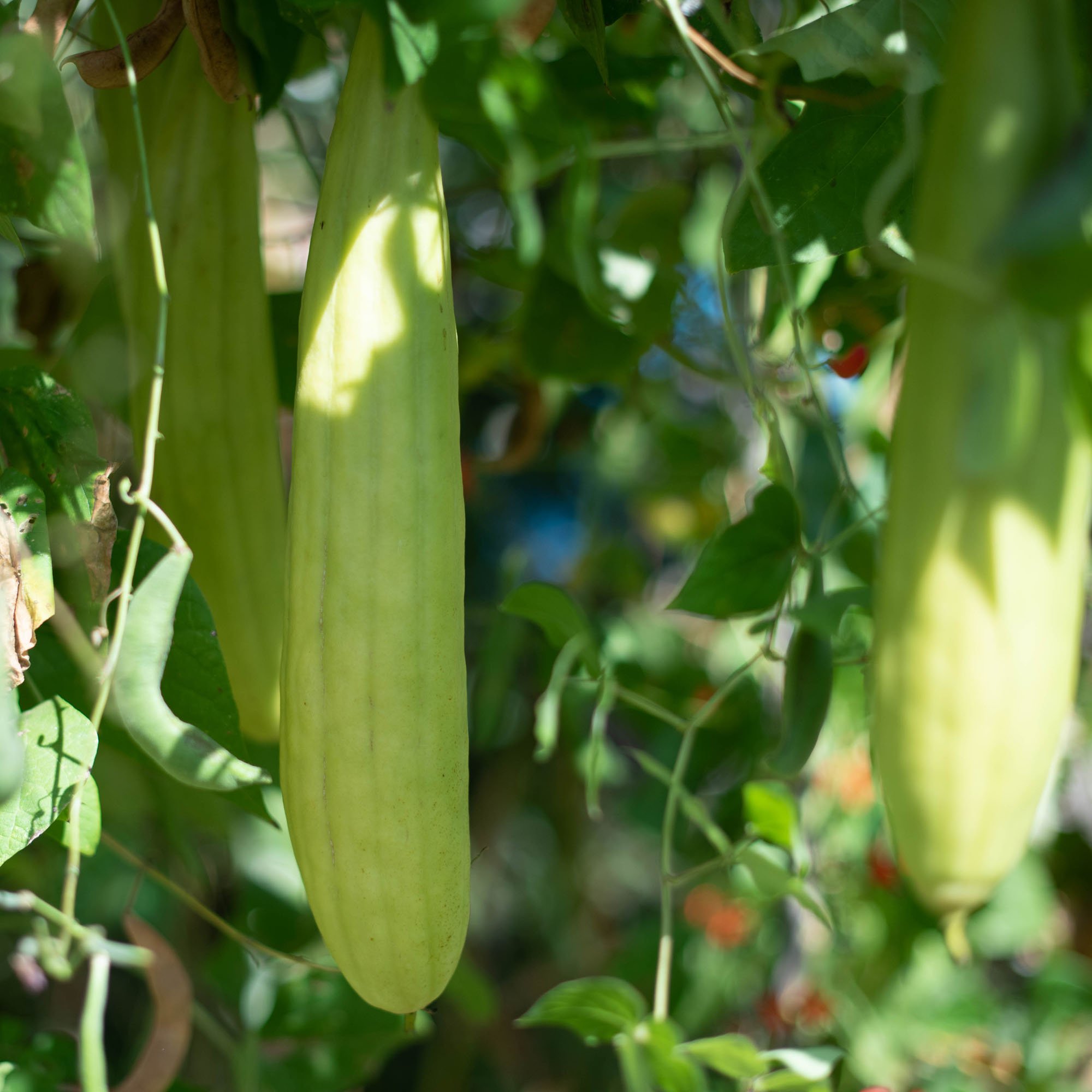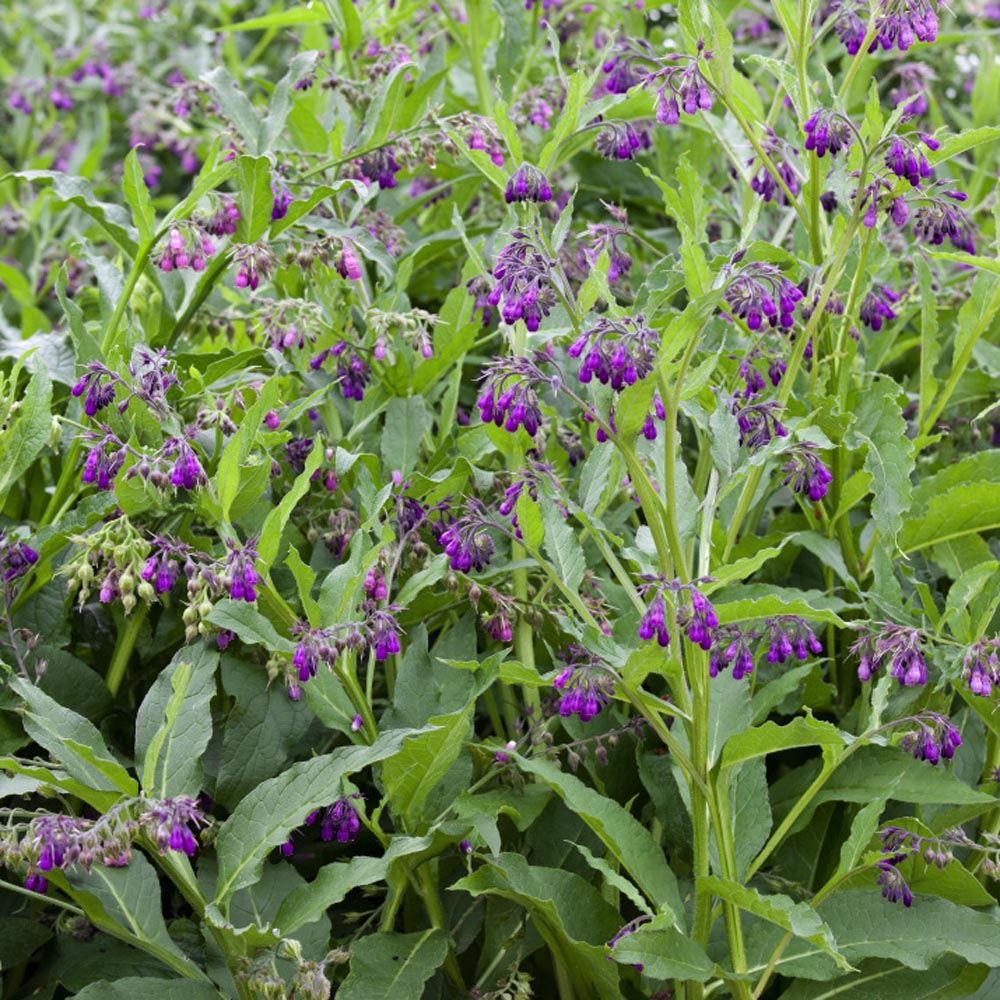
Okra Planting and Care Guide
Quick Facts About Okra
Okra is one of the most heat and drought tolerant vegetables in the world. The lovely flowers are hibiscus-like and creamy white in color. The pods are nutrious and are excellent for use in soups, stews, and are excellent fried. Pick the pods young while they are still tender. A test for tenderness is to snap off the end of a pod. If it snaps, it has not become tough and fibrous yet and should still be good for eating.
NOTE: Okra plants are not pleasant to touch. Whether the spines are pronounced or hair-like, they are scratchy and irritating. Gloves and long sleeves help. It is also easier to harvest with a pruner, rather than pulling and getting the spines in your fingers.
Planting Time

Planting Location
Okra plants prefer full sun and well-draining soil that is rich in organic matter. Soil pH should be slightly acidic. Okra plants can grow to be large plants, so plan accordingly.
How to Plant Okra
- Soak Okra seeds in water overnight to help soften the outer seed coat
- Work the garden soil 8 - 10 inches in depth
- Add organic matter to the soil to improve nutrients
- Sow the seeds 1 inch deep in rows that are 3 feet apart
- Thin plants to 18 - 24 inches apart

Care And Maintenance
- Okra plants like the heat and dry conditions but on average need 1 inch of water each week
- Mulch around the base of the plant
- Provide wind protection for the tall plants - stakes or trellises
- Continue to fertilize and add mulch to the plants throughout the season
- Once there are flowers, the pods will soon appear
- Pick pods every other day
- Pods should not be longer than 3 inches




































